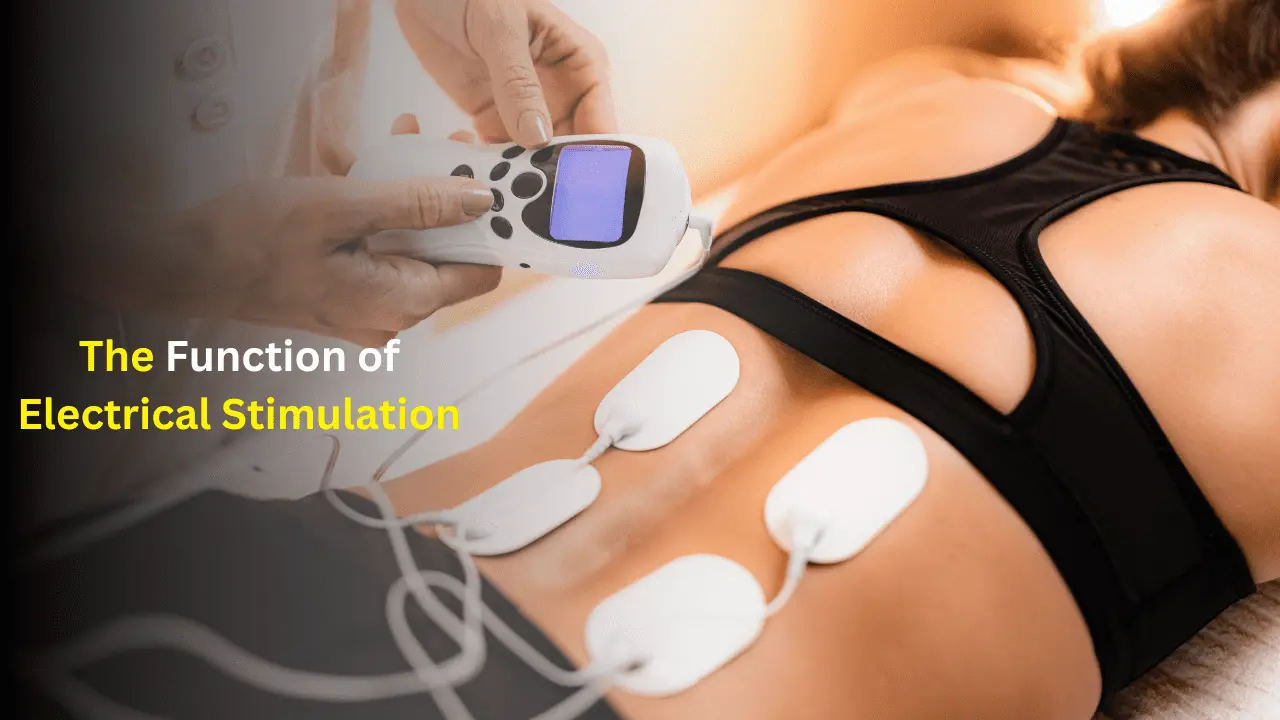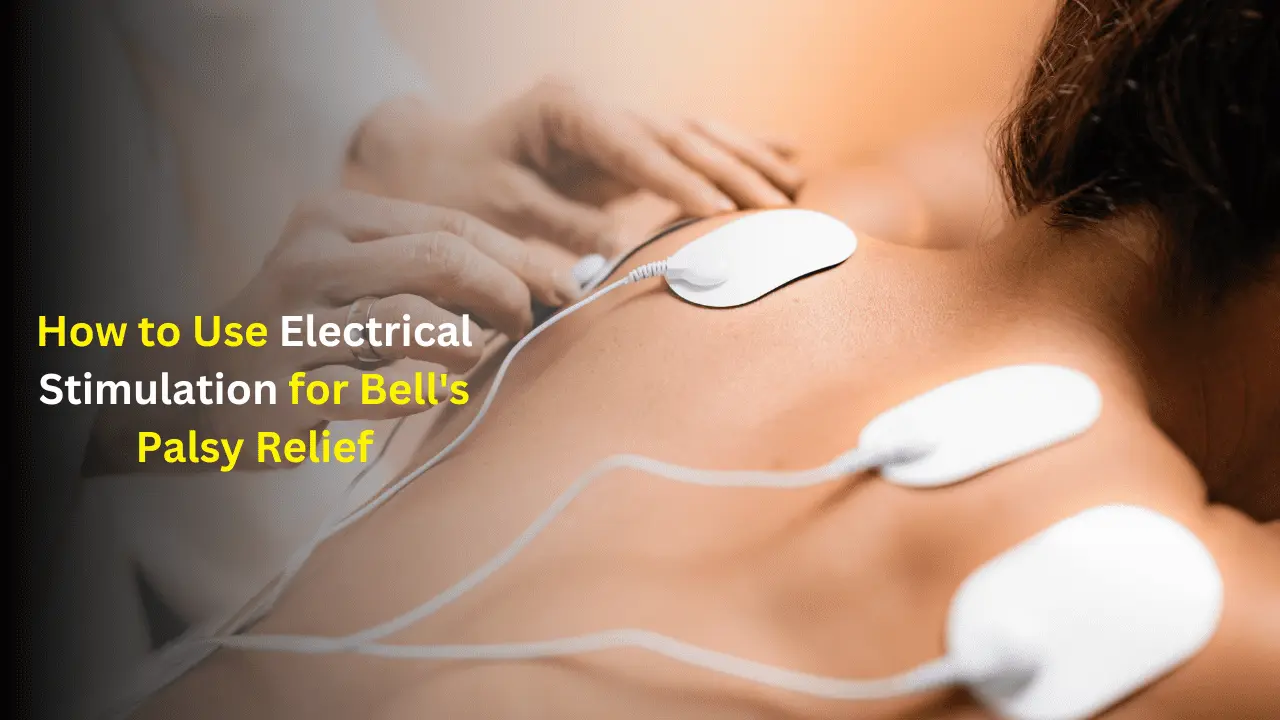Bell’s palsy can be difficult to manage, and traditional therapies frequently concentrate on symptom relief and rehabilitation. On the other hand, recent studies indicate that electrical stimulation may present a viable option for expediting recuperation and reinstating facial functionality.

Electrical Stimulation:
A therapeutic method called electrical stimulation uses regulated electrical currents to stimulate the body’s muscles or nerves. It is frequently used to treat a variety of illnesses and symptoms in several medical specialties. Such as sports medicine, pain management, and rehabilitation.
The idea behind electrical stimulation is to simulate the electrical signals that the body naturally produces to control nerve function, muscle contraction, and pain perception.
Your research on electrical stimulation will reveal a plethora of terms, acronyms, and abbreviations, such as:
- Electrical stimulation of the muscles (EMS)
- electrical stimulation in Russia
- electrical stimulation of the muscles (NMES)
- Functional electrical stimulation (FES)
- TENS stands for transcutaneous electrical nerve stimulation.
The Function of Electrical Stimulation:

Targeted muscles or nerves are stimulated with electrical currents during electrical stimulation. Which is often referred to as neuromuscular electrical stimulation (NMES) or electrotherapy. Numerous medical specialties, such as sports medicine, pain management, and rehabilitation, have made extensive use of this modality. Electrical stimulation is promising in the context of Bell’s palsy for several reasons:
How to Use Electrical Stimulation for Bell’s Palsy Relief:

Bell’s Palsy is managed using a variety of electrical stimulation modalities. Each with its specific mechanisms and uses. These include:
1- Transcutaneous Electrical Nerve Stimulation (TENS): To relieve Bell’s Palsy-related pain and discomfort. TENS targets sensory nerves with low-frequency electrical currents via skin electrodes.
2- The goal of neuromuscular electrical stimulation, or NMES, is to stimulate particular facial muscles impacted by Bell’s palsy to promote muscle contraction and avoid atrophy from lack of use. To improve muscle strength and coordination, this modality is frequently used in conjunction with physical therapy exercises.
3– Functional Electrical Stimulation (FES): to stimulate particular facial muscles impacted by Bell’s palsy to promote muscle contraction and avoid atrophy from lack of use. To improve muscle strength and coordination, this modality is frequently used in conjunction with physical therapy exercises.
4- Functional Electrical Stimulation (FES): This technology simulates natural muscle contractions by delivering electrical impulses, allowing people with Bell’s Palsy to carry out functional movements like chewing, blinking, and smiling.

FAQs:
How does electrical stimulation for Bell’s palsy operate?
Targeted muscles or nerves are stimulated electrically by applying regulated electrical currents. By inducing muscular contractions and modifying neural activity. It seeks to improve nerve regeneration, stimulate muscle activation, and reduce pain related to Bell’s palsy.
How is Bell’s Palsy treated with electrical stimulation?
There is a solid theoretical foundation for utilizing electrical stimulation to maximize and expedite recovery from Bell’s palsy due to the demonstrated delay of disuse muscle atrophy and acceleration of function recovery associated with it [7–10].
How long does Bell’s Palsy electrical stimulation take to show results?
The severity of Bell’s palsy, adherence to treatment, and therapy response are some of the individual factors that can affect how quickly one sees results from electrical stimulation therapy. After beginning treatment, some people may see improvements in their symptoms and facial function in a few weeks, while others may need longer-term therapy to achieve the best results.
Can Bell’s Palsy patients receive electrical stimulation in addition to other therapies?
Some people use and recommend electrical stimulation, also known as electrotherapy, to help patients recover from Bell’s palsy. It is typically applied by a physical therapist or by the patient after receiving instructions from a physical therapist.
Can electrical stimulation play a role in Bell’s palsy patients’ care?
Some people use and advise electrical stimulation, also referred to as electrotherapy, to speed up recovery from Bell’s palsy. This treatment is typically administered by a physical therapist or the patient themselves following guidance from a physical therapist.
When should Bell’s palsy stimulation begin?
At the 3-month follow-up, functional facial movements and electrophysiologic outcome measures were improved in Bell’s palsy patients. Who had added 3 weeks of daily ES following the onset of facial palsy (4 weeks)?